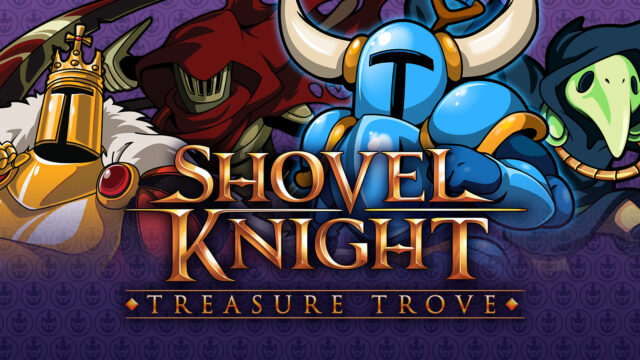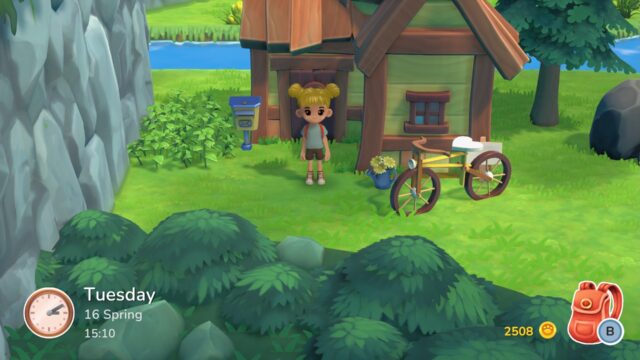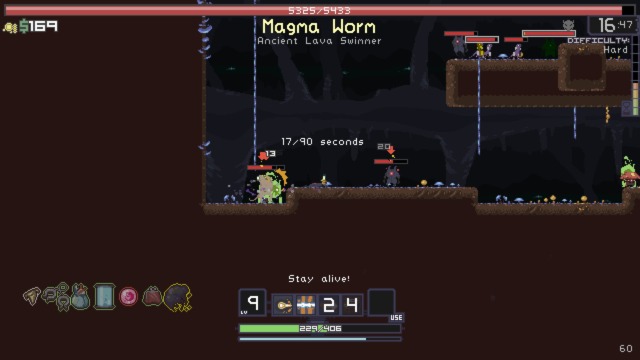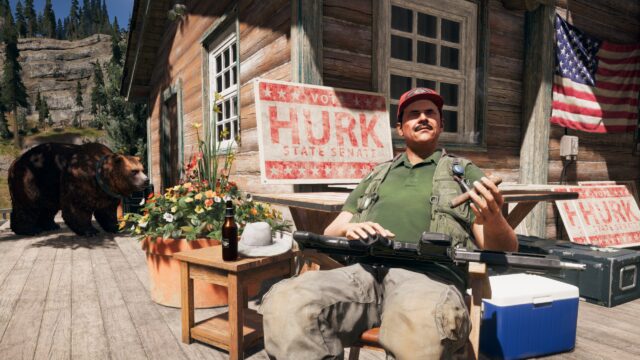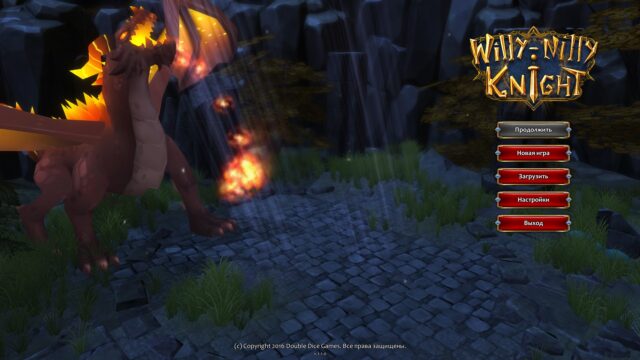Crooked Mirror – Mirror’s Edge Catalyst Review
After a quiet but intense advertising campaign for Mirror’s Edge Catalyst, only the most stubborn did not awaken some kind of confidence that DICE, if not multiply, then repeat their long-standing success. Even with our skeptical attitude, we were hoping for at least a “seven” in the worst case scenario, and we did not expect to see what was ultimately released. Are you really so busy with “Battlefields”?
First of all, to be fair, the main thing is that in Catalyst it is still infinitely pleasant to simply move. No other game in the past eight years has been able to vividly and accurately convey the feeling of real running, and this continuation (reboot?) maintains this merit. Everything related to the sound of the wind in your ears, sliding on ropes, jumping off walls, and other urban extreme sports has been transferred here without any losses. This is definitely Mirror’s Edge.
But, unfortunately, it is a bad Mirror’s Edge.

Problems start where you least expect them. Moreover, we brought them upon ourselves when we complained about the closed nature of the original game – it was too tight, we said, the mechanics in linear settings, we wanted something more spacious. We asked for an open world? Well, here it is – just as open as it is unnecessary. The City of Mirrors, which was talked about the most during development, turned out to be superfluous in this celebration of life, speed, and red sneakers.
First of all, the game simply has nothing to fill it with. To entertain yourself on the surrounding rooftops, they offer time trials and collecting various colored suitcases – essentially, background items. Of course, you can also create your own routes and compete with friends for precious seconds on the leaderboards, but this pleasure is very specific and not much different from ordinary courier tasks.
Secondly, the open structure has greatly affected the design, both aesthetically and functionally. The first Mirror’s Edge managed to maintain an incredible balance between elaborate design and the readability of the environment: there were luxurious views, and the eye was not burdened with searching for potential movement trajectories. You could always mentally plan your path in a matter of moments, adjust it if necessary, and complete the level without delay. Linearity was essentially the key to flawless precision and excitement.
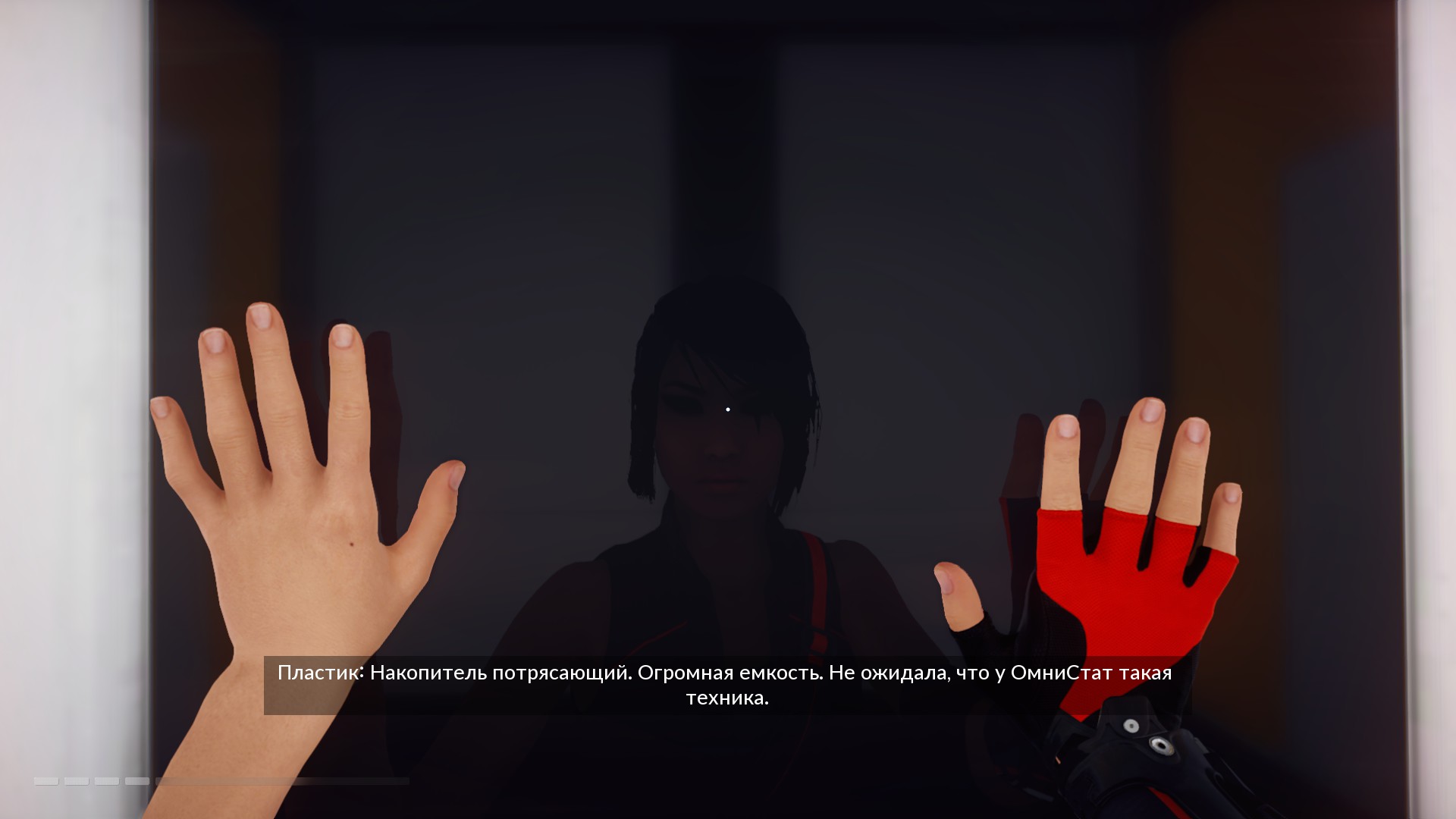
Incredible reflections in the City of Mirrors.
Now it is especially noticeable, because the world of Catalyst, compared to its predecessor, is a real conceptual dump. It can’t be said that it completely lost its former charm, but more and more often it resembles a disjointed collection of geometric shapes rather than a real metropolis. Yes, as part of the PR campaign, they kept telling us for a long time The districts stand out with their palette, meaning, and atmosphere, and somewhere on paper, perhaps the business center is really not the same as the adjacent residential area, but in reality, it’s just a series of colorful skyscrapers. The architecture is much more complex and grandiose than the modest malls and construction sites of the original, but it lacks the individuality and memorable places that the latter possess. In other words, you are unlikely to want to return to a specific point on the map here.
And even if the city looks impressive and vibrant, it does not in any way compensate for the difficulties in navigation. It has become unreasonably difficult to orient oneself among endless mirrors, glass facades, and neon lights, and considering the frequent tricks in the form of sudden gaps, it is also not very pleasant. The greatest discomfort is caused by transitions between zones – thin bridges, the extremely stupid placement of which makes all freedom go down the drain, and reduces it to the routine circumvention of entire blocks, as it is practically impossible to reach anywhere by any other means. In other words, the game first teases with its scope of actions, and then literally inserts itself into the flow of movements, disrupting the perfect pace and forcing you to follow specific instructions. Like in a sandbox, where all your sandcastles are destroyed because they are wrong and are not in the right place.
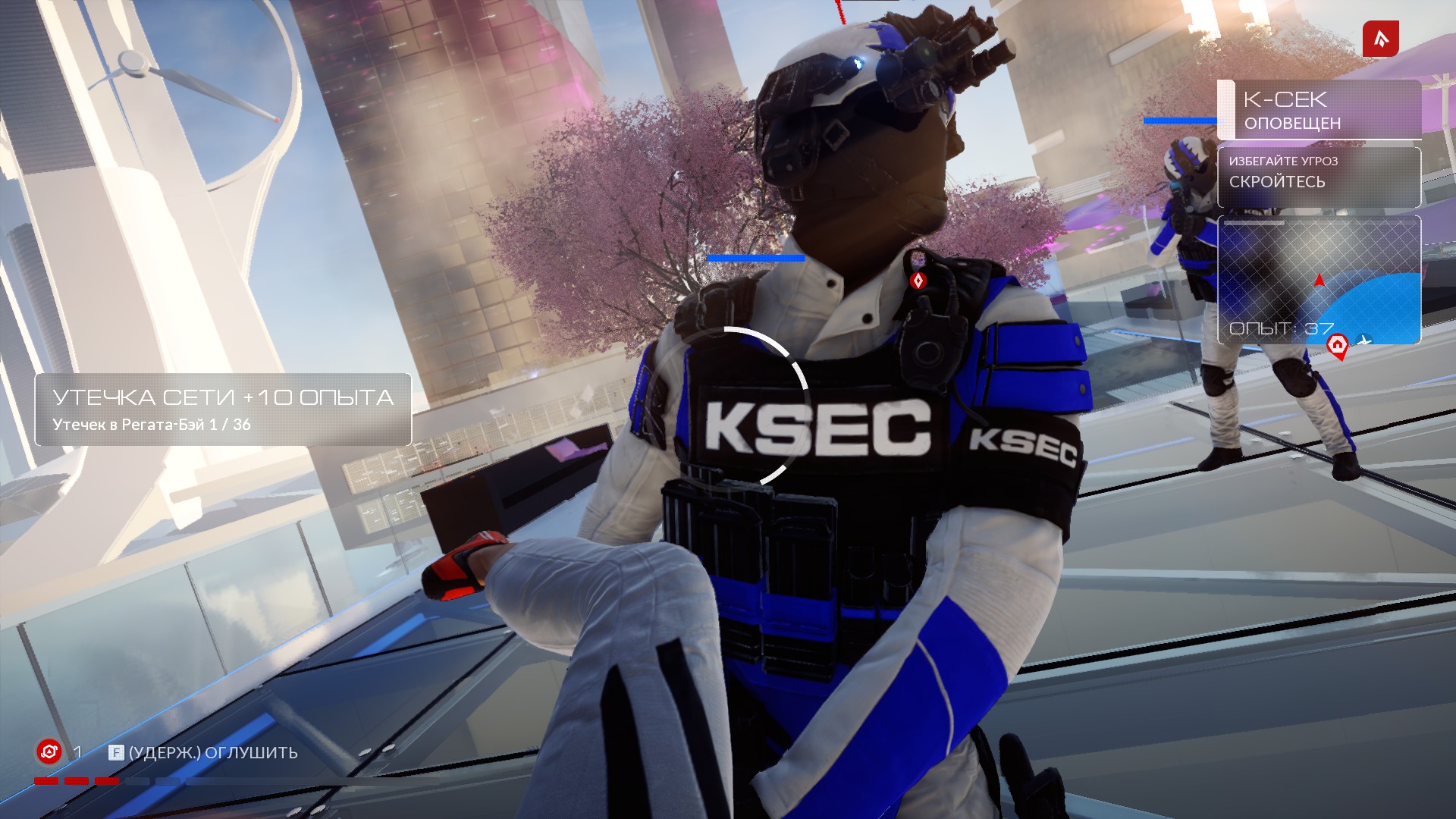
Well, since we are told what to do anyway, it’s not embarrassing to use the signature vision with red lighting. With it, at least it’s somewhat clear which colorful corner you won’t stumble into the road and in which direction the next task is in general. Although the guiding trail often fails and recommends going straight through the floor, so in the end you just find the most straightforward route and use it until the final credits, ignoring the imaginary variability on the sides. Not much of an “open” world, I must say.
In general, as it turned out, the scale of Mirror’s Edge doesn’t fit at all. It only works as a visual gimmick, and not always successfully, because graphically Catalyst is no longer impressive. It’s not the same excitement as in 2008, when a helicopter flew between sparkling buildings and implemented an experimental physics engine from the then AGEIA, but just a technically modern game capable of both pleasing with beautiful landscapes and scaring with problematic textures paired with terrible blurring.
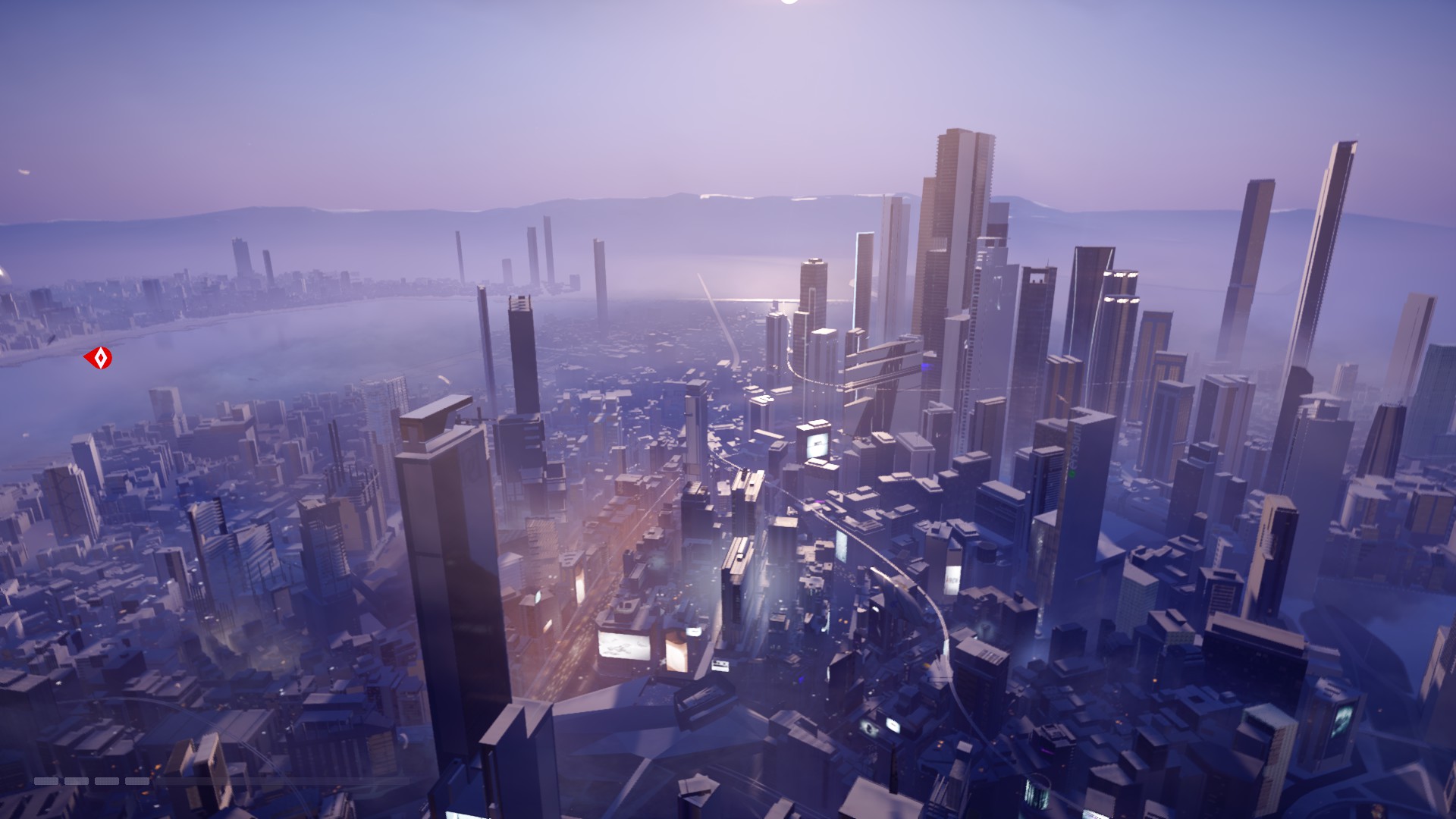

The story partly saves, if we don’t consider the actual narration. The attempt to give depth to what is happening resulted in a plot about how runners oppose megacorporations, and underground revolutionaries… um… watch big monitors with their logos. Closer to the end, there are a few interesting twists that momentarily awaken interest in the melancholic cutscenes, but overall, there is no more benefit from all of this than from the comics in the first part – there is some motivation, but oh well.
But the missions are more interesting. Since most of them are linear, they have relatively lively scenery, staged chases, and intense action – even the old good acrobatic puzzles occasionally shine through. It’s all like in the previous, corridor-like Mirror’s Edge, and in those moments the game truly blossoms.
If only the combat was on par, there would be no need to complain at all. Against the backdrop of smooth, dynamic parkour, the current combat system looks awkward and meager, although it has a wide selection of animations for directed and combined strikes. When clashes happen “on the run,” there are no complaints, but the developers repeatedly force closed combat situations, as if deliberately emphasizing the worst aspects of the mechanics.
We never thought we would say this, but the game lacks firearms. Well, agreed, it didn’t turn out very well last time – however, it turned out even worse without the ability to fight back with lead. Faith now has to be in close proximity to enemies, who come in batches of five, and at the same time, she has to move to regenerate health. The ingenious combination of incompatible things led to total monotony in the action, where the only working tactic is to make an honorable circle around the perimeter of the arena after each successful attack. Well, at least they could have left the pistol…
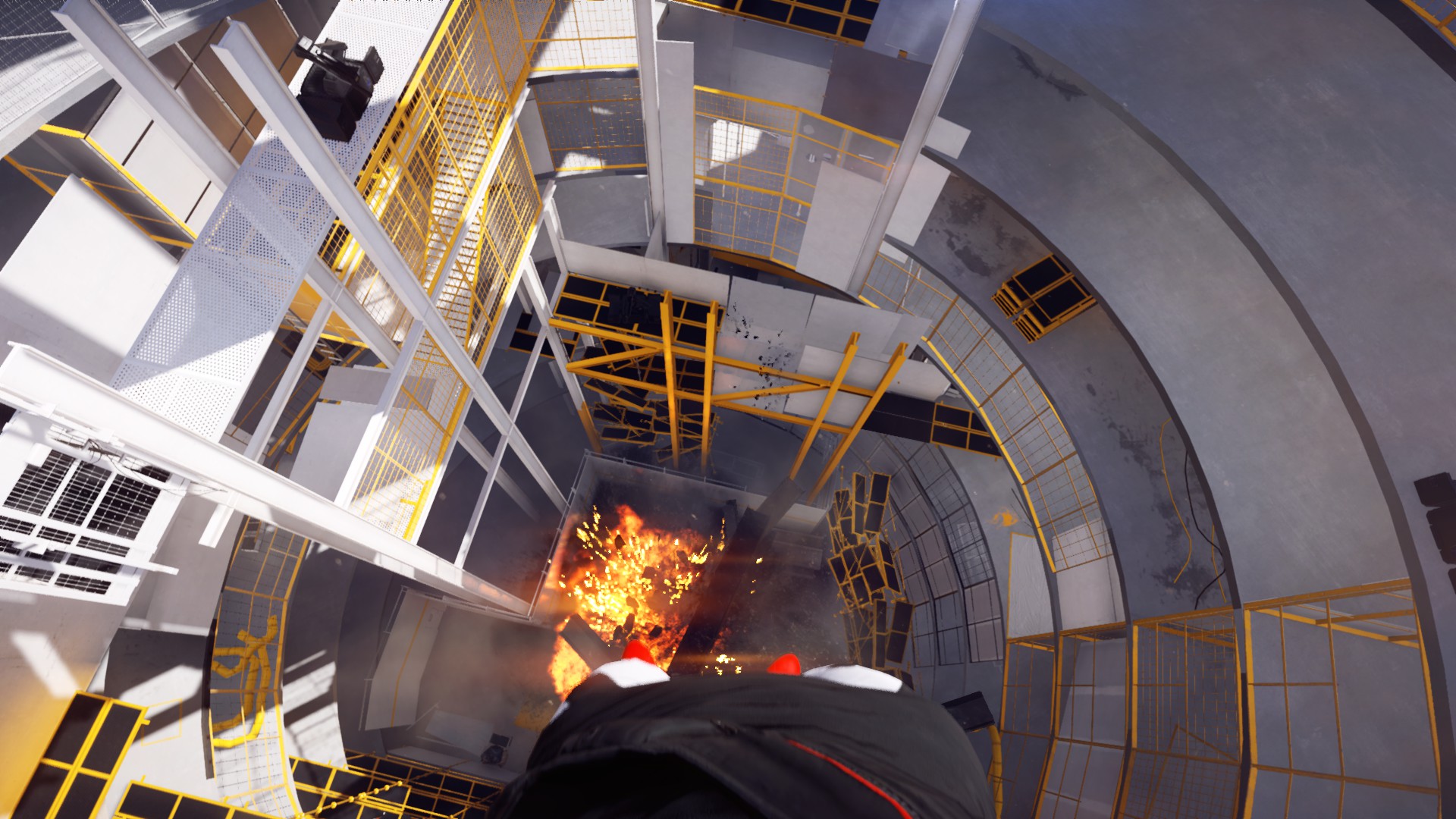
From the enemies of diversity, one should not expect much either, as there are few types of them, and the combined intelligence of all the local guards does not exceed the final score at the end of this text. They run around without any reason, screaming with religious fanaticism that “someone is above us,” climbing up cliffs only to jump off them immediately, and when they receive a solid blow to the face, they delicately touch each other before dying, probably from overwhelming shame.
In light of the above, it is not entirely clear why they made the leveling system so pointless. They could have come up with a whole bunch of combat techniques for Faith and spread a bunch of combos across different branches – that way, open-world collectors would have been more useful, and the fights would have been more spectacular. Instead, we are offered a couple of questionable grabs, a few acrobatic moves, terribly boring passive enhancements, and, of course, the magnetic hook, the favorite crutch of modern game designers. Every game must have a hook, right? Right, only here it is out of place, as it spoils the natural essence of parkour.
Unlike game designers, consultants for running and parkour did an excellent job with their task. Faith has appropriate clothing and, most importantly, the right footwear. Running shoes are not trendy sneakers with the letter N, but rather neat boots or even ballet shoes with a thin and firm sole.
Popular brands like New Balance, Nike, and Adidas in their stores offer dangerous footwear that is suitable only for walks and tourism, although it all started differently. In the 1950s, Adi Dassler and Gordon Pirie developed a line of competitive footwear that can still serve as a benchmark for runners. Since then, corporations, for some reason, have lost touch with their sporting origins. Suitable models are now very difficult to find, so current enthusiasts increasingly settle for regular sneakers with a thin sole. No, there are correct running shoes available, but they come with a corresponding price tag – around $400-1000.
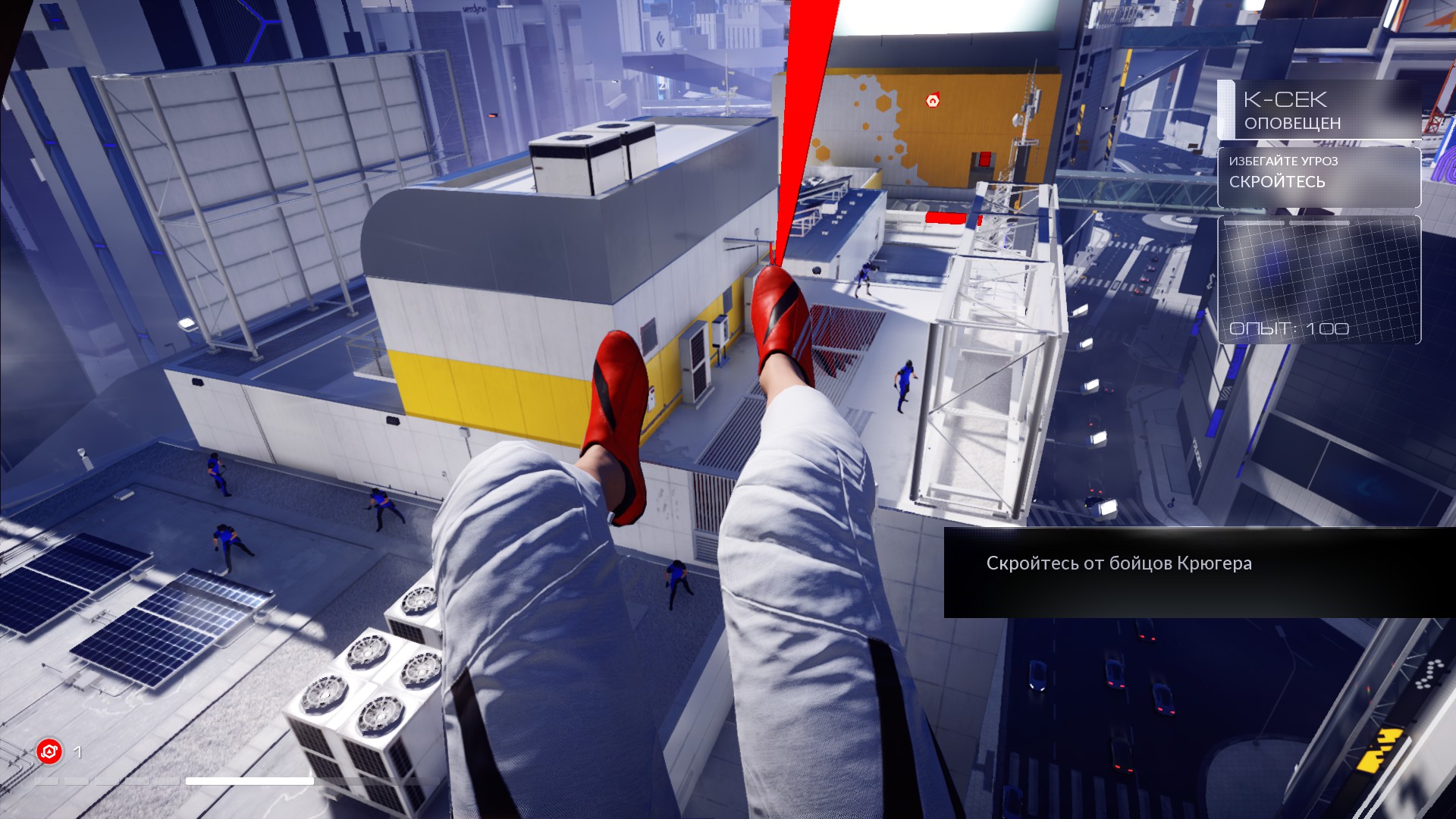
In short, everything that is good in Catalyst is solely the merit of the original game. The rest are ugly growths of Innovations™ that one has to push through to reach the pristine fun of eight years ago. Sometimes it is possible to feel and enjoy conquering the snow-white skyscrapers, but most of the time it is so trendy and cloying that it would have been better if they hadn’t made it at all.
Mirror’s Edge still stands alone in its genre, and there are not many games like it, to be honest. To the great disappointment of all fans, Catalyst cannot be called a worthy successor, no matter how much one wishes.
Share
Discuss
More Reviews
